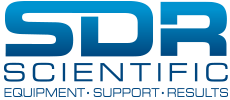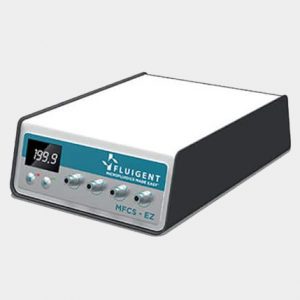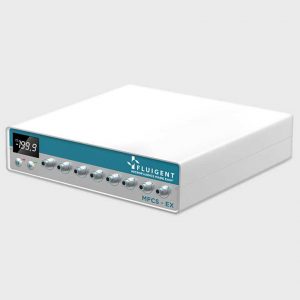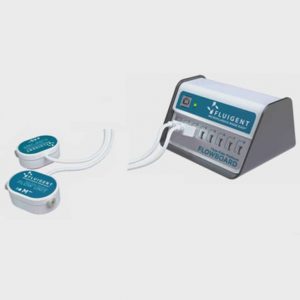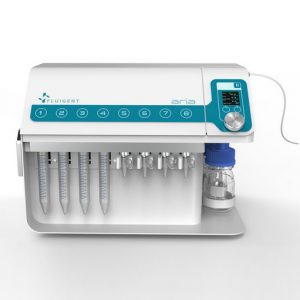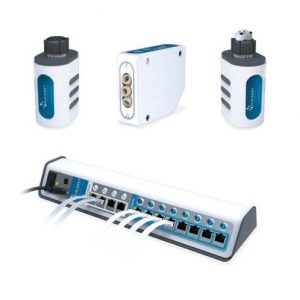Microfluidics
SDR Scientific provides a range of tools to assist researchers working in the field of microfluidics.
Microfluidics is the science of handling and controlling fluids, usually in the microlitre to picolitre range. This is often in networks of channels with dimensions from tens to hundreds of micrometres. This discipline has its origins in the early 1990’s and has grown exponentially since then. It is viewed as an essential tool for life science research or, more widely, in biotechnology.
The primary advantages of microfluidics are the ability:
- To use very small quantities of samples and reagents
- To carry out separations and detection with high resolution and sensitivity
- To lower costs
- To shorten analysis times
- To allow for compact devices
Microfluidic systems also offer excellent data quality and improved parameter control, allowing process automation while maintaining performance. They have the capacity to both process and analyse samples with minor sample handling. The combination of the microfluidic chip and the fluid handling system is designed so that the incorporated automation allows users to generate multi-step reactions requiring a low level of expertise and many functionalities.
Due to the low volumes required, microfluidic technology represents a promising alternative to conventional laboratory techniques. It makes it possible to have complete laboratory protocols on a single chip of a few square centimetres.
In 2006, Fluigent was the first company to introduce a new way of handling fluids in microfluidics: microfluidic pressure pumps. At first it could only control the pressure of liquids in the microfluidic chips, but later, by adding a flow sensor and a unique feedback control loop, Fluigent made it possible to control both the pressure and flow rate.
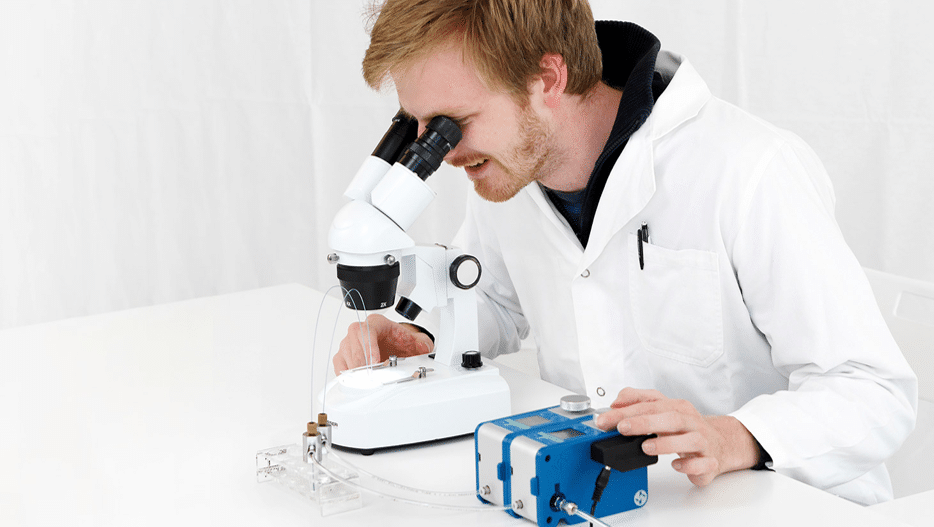
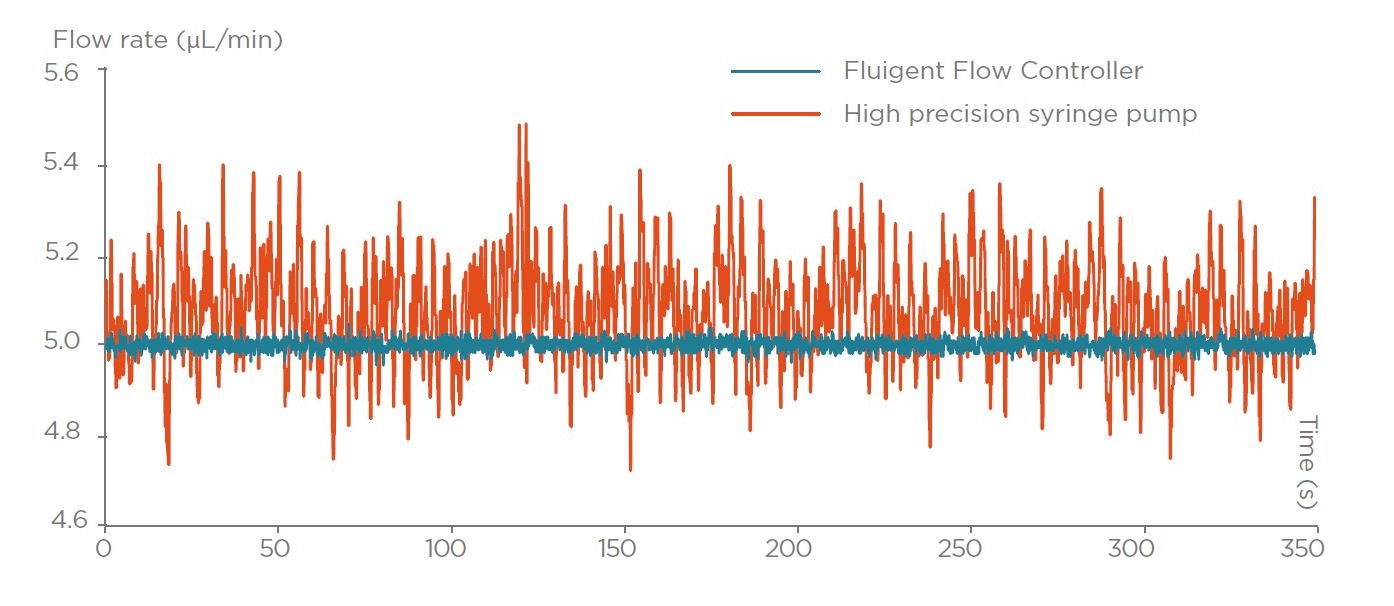
Microfluidic pressure controllers produce a very stable flow
The following are some of the major strengths of using pressure controllers in microfluidics:
- Pulse-free flow control: there is no oscillation flow
- Both pressure and flow rate control in one device
- Very good stability: 0.005%
- Control of the flow in dead-end channels is possible
- Ability to determine the exact pressure inside the microfluidic component
- Very short response time.
Fluigent’s expertise in this field is shown in their LineUp™ series and MFCS™ series. These microfluidics tools offer settling times down to 100ms and a resolution of 0.03% full scale (pressure sensor resolution) as well as a stability of 0.1% CV on measured values.
The Flow-Rate Platform from Fluigent is a unique solution to easily measure all the flow rates in a microfluidic system with the highest precision. A microheater provides a minimal amount of heat to the medium monitored. Two temperature sensors detect any temperature variation. The flow rate is then calculated based on the spread of heat, which is directly related to the flow rate.
Fluigent provides multiple software tool for real-time control of pressures and flow rates in microfluidic experiments. Their Microfluidic Automation Tool (MAT) is a software package for developing and running time based microfluidic protocols using Fluigent’s pressure pumps, flow rate control system and valves. It allows one to easily create protocols for complete automated experiments.
Fluigent’s microfluidic devices have been used is a wide range of applications including the following:
- Pressure as a tool to evaluate cell growth
- Production of water-in-oil emulsions
- Capture and Labelling of cancer cells
- Microbiome culture in droplets
- Drop-Seq, a high throughput method for mRNA sequencing
- Cartilage on chip
- PLGA microparticle synthesis
- Organoid Culture in micro-beads
- E. Coli culture in droplets
- Organ-on-a-chip-platform
- Biomechanics
- Micropipette cell and tissue aspiration
- High-throughput cell DNA screening using digital PCR
- Fluid recirculation for cell perfusion with reduced shear stress
- Droplet and particle manipulation using electrophoretic flow control
- Cell perfusion with pulse-free flow with one manifold
- High throughput single cell analysis
- Impedance spectroscopy for characterisation
Microfluidics makes it possible to have complete laboratory protocols on a single chip.
Key Products for Microfluidics:
Links to source webpages
Links to any references, papers
Beebe, D. J., Mensing, G. A., & Walker, G. M. (2002). Physics and applications of microfluidics in biology. Annual review of biomedical engineering, 4(1), 261-286.
Leman M, Abouakil F, Griffiths AD, Tabeling P. Droplet-based microfluidics at the femtolitre scale. Lab Chip. 2015 Feb 7;15(3):753-65. doi: 10.1039/c4lc01122h.
